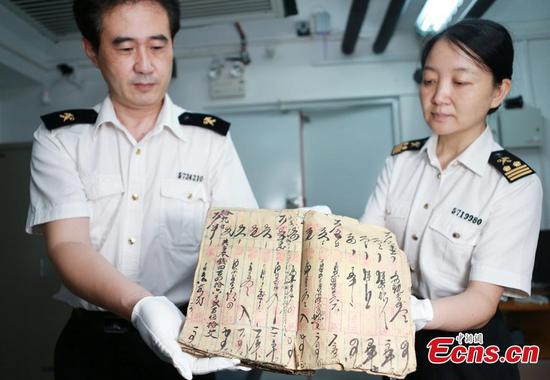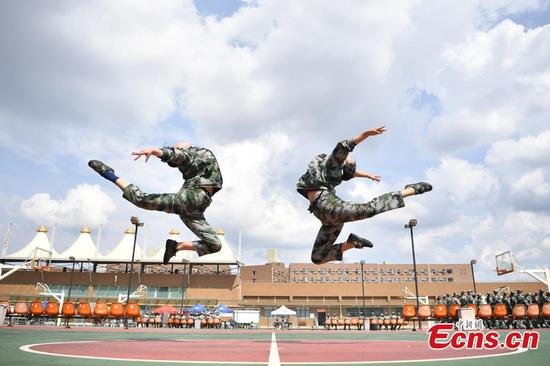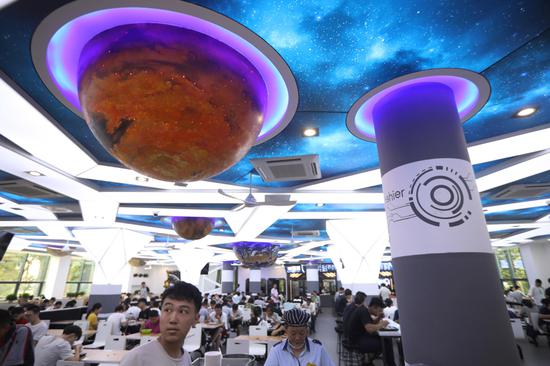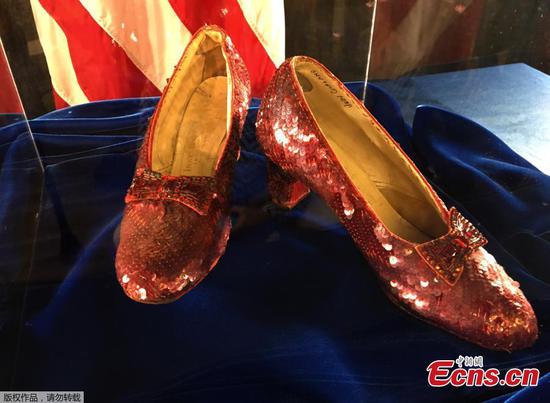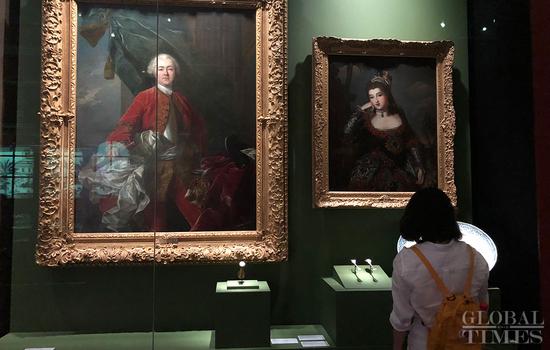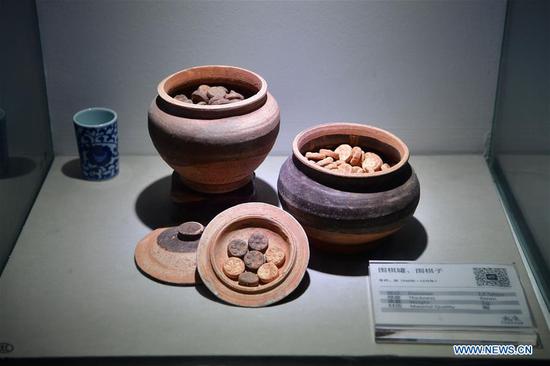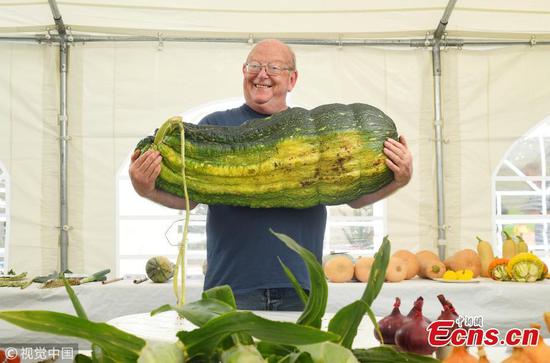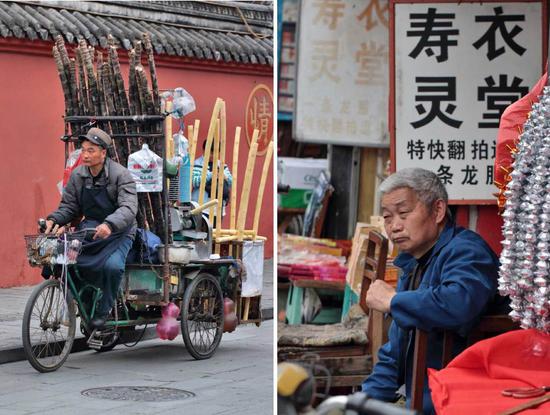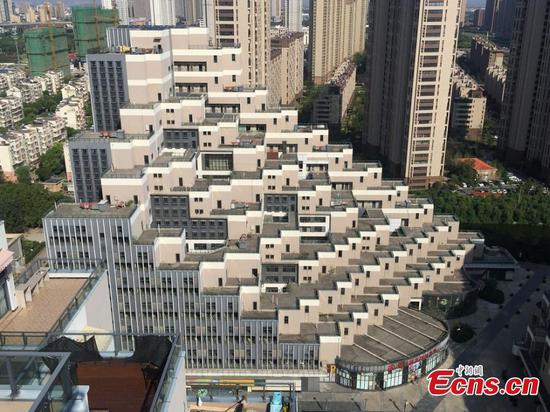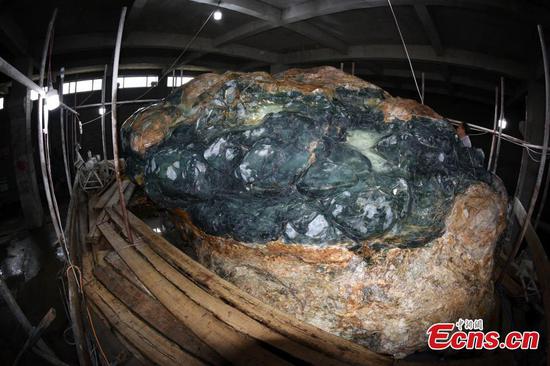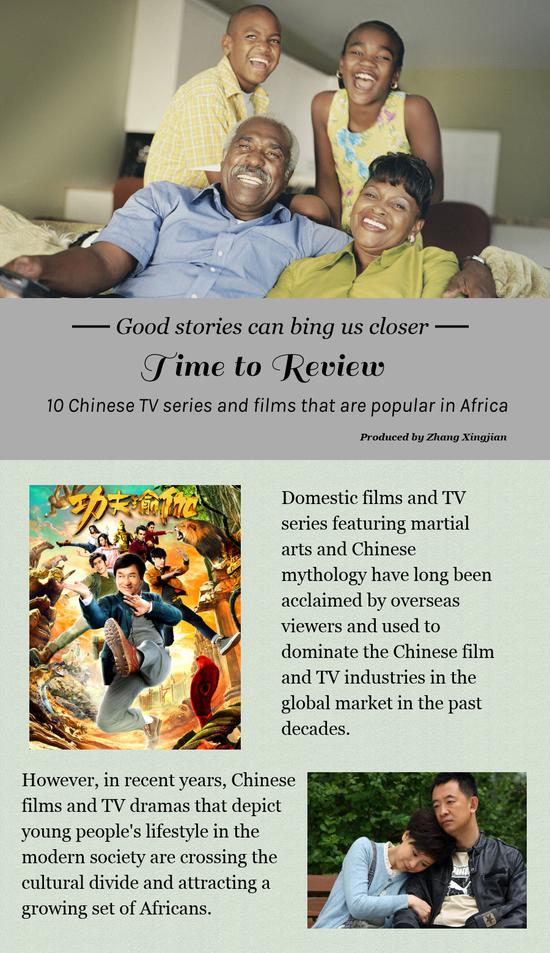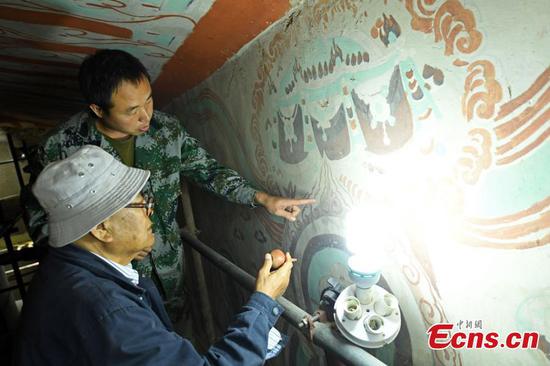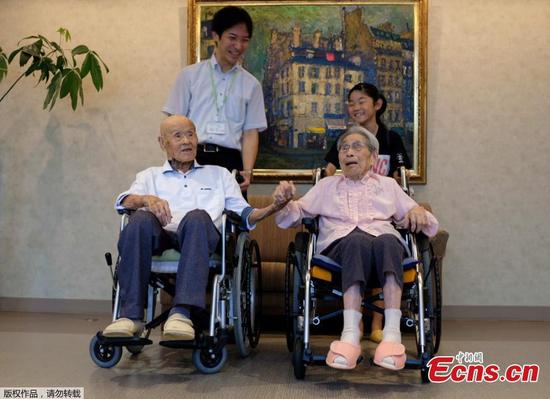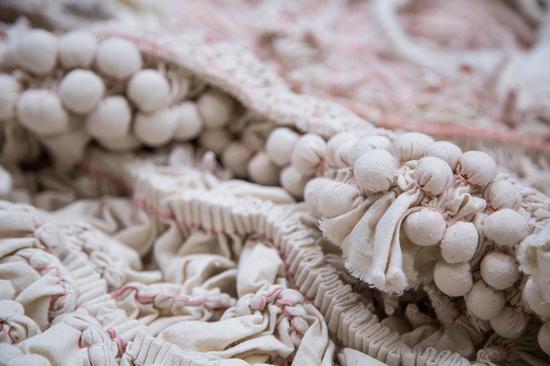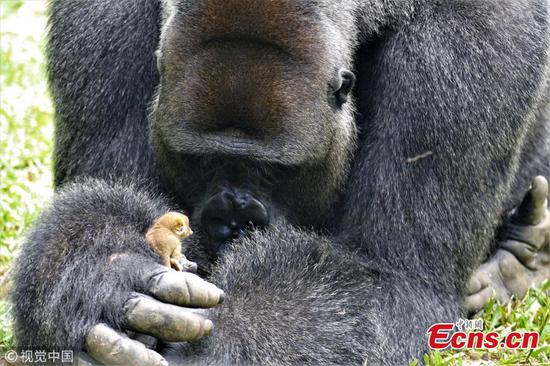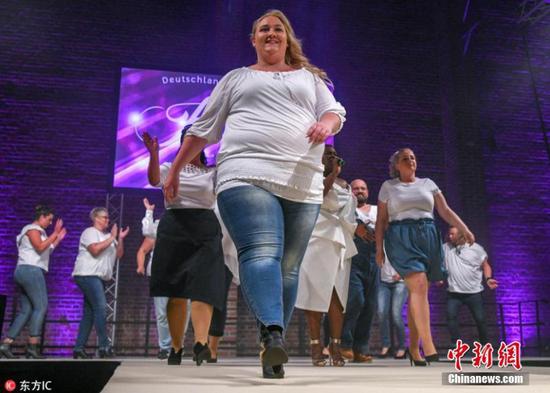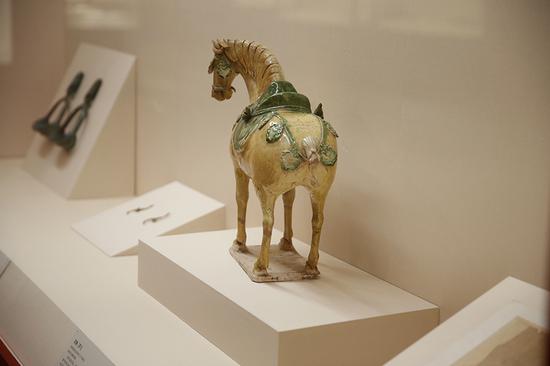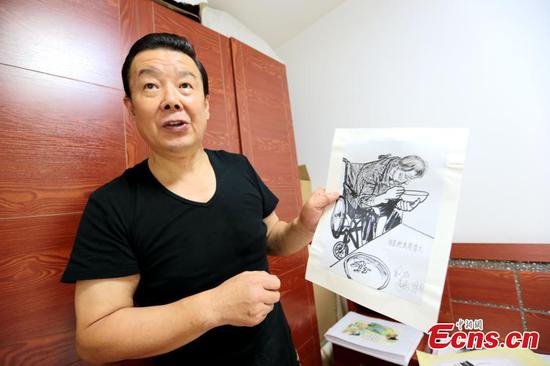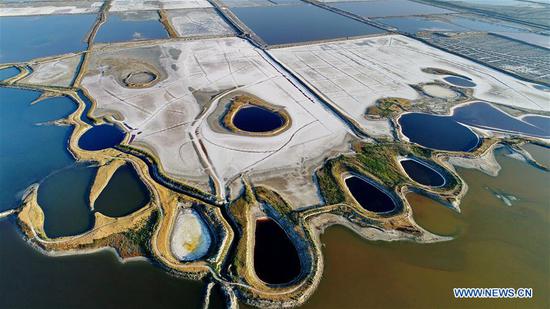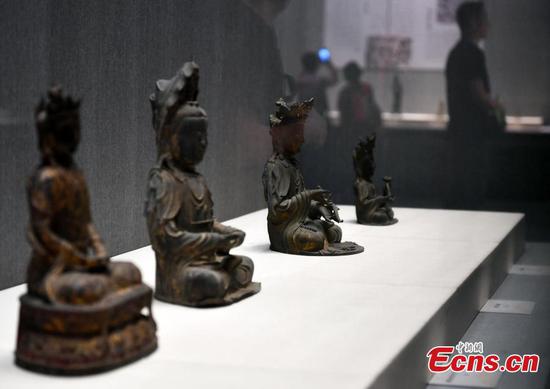Shenzhen, one of the country's major garment and textile industrial bases, is aiming to transform itself from a manufacturing powerhouse into a design and innovation-driven fashion hub after reporting robust income since 2017.
Apart from being China's technology hub, Shenzhen is also one of the country's largest textile and clothes centers. It is home to a number of domestic brands such as Fuanna, Kaltendin, Yiner and Migaino, while many international fashion firms have chosen to team up with local partners such as Pinko and La Pargay.
Dalang Fashion Town, a major garment and textile center that is home to more than 200 brands, reported a 40 billion yuan ($5.9 billion) annual income in 2017, and this is expected to double by 2022, said Yu Xinguo, a member of the standing committee of Shenzhen Municipal Committee of the Communist Party of China.
But the city is far from satisfied and is aiming for faster growth by enhancing the design side rather than manufacturing. "Design creates culture, culture shapes value, and value determines the future," said Zhao Huizhou, founder and chief designer of Eachway Fashion Group, a Shenzhen-based fashion and art company.
Zhao said the future of design is "soft design", which is user-oriented and aims to dig out potential demand from consumers. "The high-quality development of China's textile products requires not only 'soft design', but also leads the market," Zhao said.
"Design is an important part of the innovation and creation of the textile industry, which determines the quality, value and competitiveness of products," said Cao Xuejun, deputy director of the consumer products industry department of the Ministry of Industry and Information Technology.
"Focusing on design innovation is of great significance for the high-quality development of the textile industry," he said.
According to Cao, the Chinese textile industry has been competitive in the global value chain for years. In 2017, China exported textile products worth $274.5 billion, 12.13 percent of the country's total exports.
"The industry shows vigor and vitality, and the performance of brands with creative designs remains strong," he said. "But the industry is facing growing pressure from transforming and upgrading."
"China's textile industry urgently needs to figure out how to face the challenges brought by the new era of reform and opening-up," said Sun Ruizhe, president of the China National Textile and Apparel Council. He added that "technology, fashion, green" has become the new label for China's textile and garment industry.
He said the fashion hub should cultivate its own Chinese cultural characteristics to make it distinct and unique.









